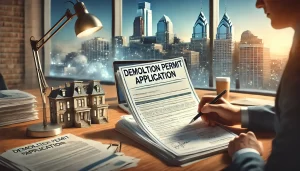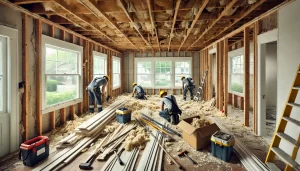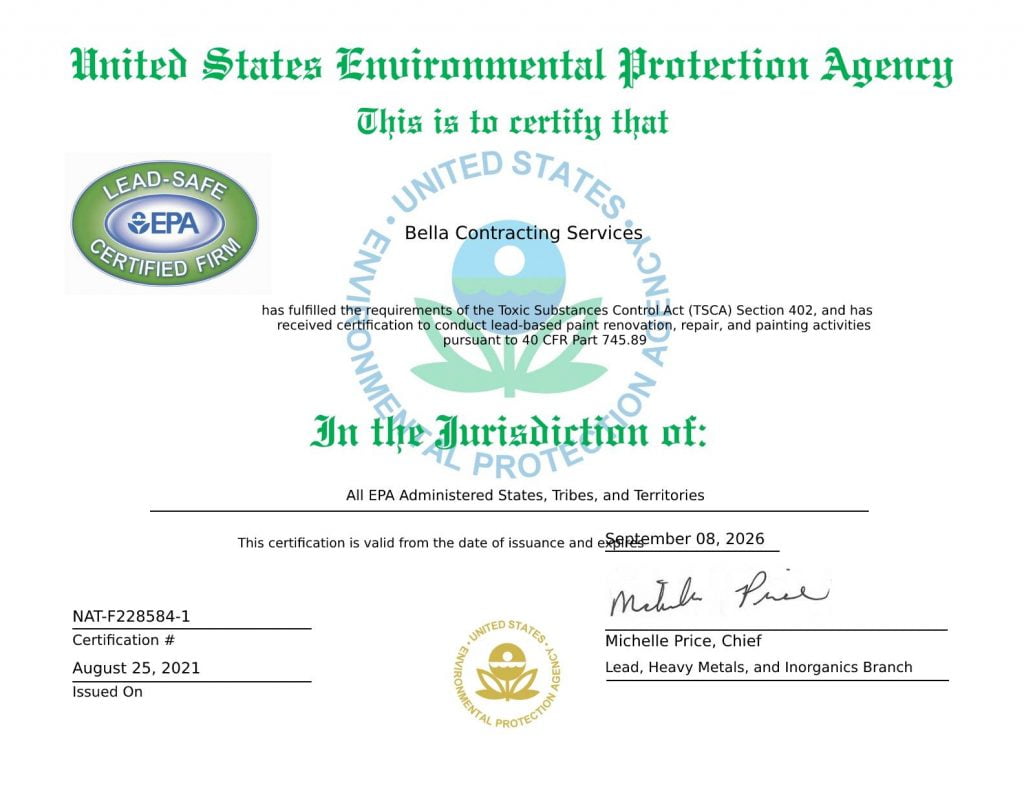Ohio’s housing market has seen significant shifts in recent years, with demolition in Ohio playing a pivotal role in these changes. Whether you’re a homeowner, a real estate investor, or a construction professional, understanding the impact of demolition on Ohio’s housing market is crucial for making informed decisions. In this blog post, we’ll explore how demolition activities have shaped the housing landscape in Ohio and the various factors contributing to these changes.
The Rise of Demolition in Ohio
Demolition in Ohio has witnessed a surge in recent times, and it’s not by chance. Several factors have led to this upward trend. One of the primary drivers is urban revitalization. Cities across the state are investing in redevelopment efforts to breathe new life into aging neighborhoods. Demolition plays a pivotal role in clearing out dilapidated structures to make way for modern, attractive properties.
Additionally, the demand for new construction and the need to replace outdated buildings have fueled the growth of demolition services. As Ohio’s population continues to grow, so does the need for housing, and demolition is often the first step in creating space for new residential developments.
Demolition and Property Values
The impact of demolition in Ohio on property values cannot be understated. Research has consistently shown that the removal of blighted and abandoned structures through demolition has a positive effect on neighboring property values. Homes near demolition sites tend to appreciate in value because the removal of eyesores enhances the overall appeal of the area.
Homeowners looking to sell their properties can benefit from the increased property values resulting from nearby demolitions. Additionally, real estate investors can identify neighborhoods with ongoing or planned demolitions to target for potential investment opportunities.
Demolition and Housing Inventory
The housing inventory in Ohio is inextricably linked to demolition activities. When old, unsalvageable structures are removed, it opens up space for new housing developments. This helps meet the demand for both residential and commercial properties.
In some cases, demolition projects may lead to the construction of affordable housing units, addressing a critical need in the state. Developers often work with local governments to ensure that new housing developments align with the community’s needs and goals.
Environmental Considerations in Demolition
While demolition in Ohio can have numerous benefits for the housing market, it’s essential to consider its environmental impact. Demolition generates significant amounts of waste, and proper disposal and recycling are vital to mitigate its ecological footprint.
Many demolition contractors in Ohio have adopted sustainable practices to minimize environmental harm. This includes recycling materials such as concrete, metals, and wood from demolished structures. These materials can often be repurposed in new construction projects, reducing the need for new resources.
Conclusion
Demolition in Ohio is a dynamic force shaping the state’s housing market. Its impact is far-reaching, from clearing the way for new construction to boosting property values. If you’re a homeowner looking to sell, a real estate investor seeking opportunities, or a developer planning a project, understanding the role of demolition in Ohio’s housing market is crucial.
At Bella Contracting Services, we have been at the forefront of demolition projects in Ohio, contributing to the state’s growth and development. If you’re considering a demolition project or have questions about how it may affect your property or investments, don’t hesitate to reach out to us. Our experienced team can provide you with the expertise and guidance you need to make informed decisions.
Contact Bella Contracting Services today, and let us assist you in navigating the evolving landscape of demolition in Ohio. Together, we can create a brighter future for Ohio’s housing market.










